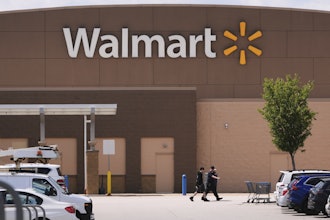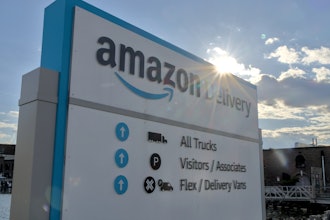
In 2016 the USDA’s Food Safety and Inspection Service announced 3,438 food recalls. In response, the government’s FoodKeeper app was updated to include alerts on food recalls as soon as they’re announced. However, with an average of more than nine per day, many consumers can begin to experience “recall fatigue,” and essentially tune out these warnings.
In fact, a recent survey from Stericycle Expert Solutions found that millennials (ages 18-34), are relatively non-compliant with recalls. The study showed that 18 percent ignore them, and 36 percent usually throw such notices away. We recently sat down with Chris Harvey, director of recall solutions at Stericycle, to get his take on how food processors can more effectively communicate and respond in the event of a recall.
Jeff Reinke, IEN editorial director: What do you feel are the most important things for a food manufacturer to communicate to the general public?
Chris Harvey, director of recall solutions, Stericycle: Food manufacturers should include information about the potential hazard involved, clear instructions for determining whether the product is affected, directions on what to do with affected product, and how to obtain a remedy.
It is important to remember that consumers today are inundated with information from so many sources, including the press and social media. Cutting through the noise has become more challenging than ever. Being clear and consistent in those messages, as well as communicating through multiple channels to reach as many consumers as possible is crucial to protecting the public and your brand.
JR: What types of “after-the-fact” information is most important to share in re-gaining the trust of consumers, distributors and retailers?
CH: It is incredibly difficult to regain trust once it has been lost, which is why the best approach is to avoid that damage in the first place.
We’ve found that a recall alone won’t necessarily cause consumers, distributors, and retailers to lose trust in a brand, unless it is managed poorly. The key is to be transparent, consistent, compliant, and effective. Where companies typically get into trouble is trying to take on the task of executing the recall themselves.
For example, they may underestimate the response and end up with a flood of calls from concerned consumers who have to wait hours to speak with an agent. In other cases, internal teams may create a form for distributors and retailers that doesn’t meet the regulatory body’s standards, which leads to confusion and frustration.
These are just a couple of examples of the pitfalls that can occur. Situations like these can be avoided by preparing a robust plan in advance and relying on experts who understand the complex regulations and the potential challenges involved.
JR: What do you see as some of the most common mistakes food manufacturers make in communicating about recalls?
CH: Food manufacturers often don’t realize the variety of factors that can impact the way their communications will be received. For example, large retail chains with loyalty programs may blast the recall notice directly to their customers.
Direct notifications are most likely to get the attention of consumers, so when tens, sometimes hundreds of thousands of people receive this information at once, it can cause a sudden spike in call volumes. In addition, recalls of products meant for children and pets will often cause greater concern than products meant for the general public. If they aren’t prepared with a scalable call center, it can result in a serious loss in brand loyalty.
JR: The role of government agencies is often criticized for either being too intrusive or not strict enough. What is your opinion?
CH: The government plays a critical role, beginning with the very guidelines used to determine if a product should be recalled. Believe it or not, there are six federal agencies with vastly different jurisdictions that monitor this activity. In fact, they have joined together to create www.recalls.gov -- a "one stop shop" for government recalls.
Recalls are almost always voluntary, but in every case the government’s role is to oversee a company's strategy and assess the adequacy. They also can play an important role in notifying the public.
JR: Looking to the future, what do you think will play the biggest role in managing food recalls?
CH: Last year the USDA integrated food recall information into its FoodKeeper app. We expect to see that type of direct communication through technology expand, and perhaps become more personalized.
Even with a daily, weekly, or as-it-happens alert, consumers may become desensitized to recalls due to their sheer volume. We refer to this as recall fatigue. If consumers are able to set up alerts to filter out those that don’t concern them (such as recalls of undeclared milk in people who have no adverse reactions to the ingredient), they may pay greater attention to the ones that could impact them or their families.























